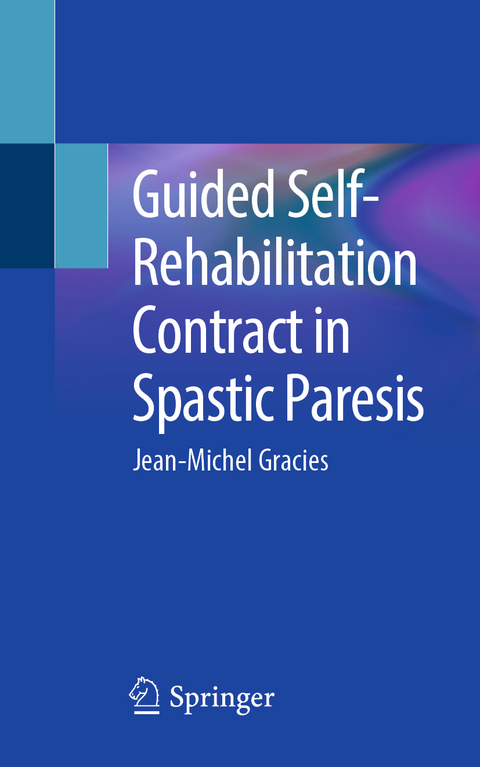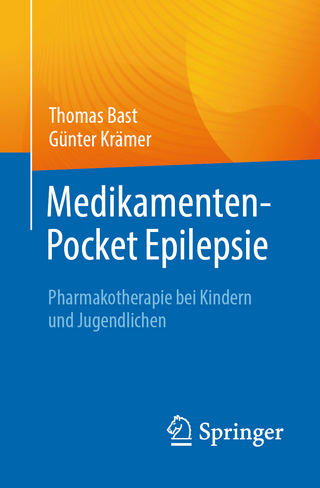
Guided Self-Rehabilitation Contract in Spastic Paresis
Springer International Publishing (Verlag)
978-3-319-29107-9 (ISBN)
Jean-Michel Gracies, MD, PhD, is Clerkship Director of the Neurology Department and Assistant Professor of Neurology at Mount Sinai Medical Center, in New York, New York.
Part I: Lower limb anatomical review 1.- Hip.- Gluteus maximus.- Hamstrings.- Hip flexor.- Hip extensor.- Hip adductors.- Hip internal rotators.- Knee.- Rectus femoris.- Vastus muscles.- Ankle.- Soleus.- Gastrocnemius.- Lower limb functional exercises.- Part II: Upper limb anatomical review.- Shoulder.- Pectoralis major.- Latissimus dorsi.- Long head of triceps.- Sub-scapularis.- Elbow.- Elbow flexors.- Pronator quadratus.- Pronator teres.- Wrist.- Wrist flexors.- Hand.- Flexors of digits.- Interosseus muscles.- Thumb.- Long thumb flexor.- Short thumb flexor.- Opponens pollicis.- Long abductor of the thumb.- Active thumb deopposition/opposition.- Adductor pollicis.- Appendix.- Personal log sheet lower limb.- Personal log sheet upper limb.- Neuroloco.
| Erscheinungsdatum | 24.04.2020 |
|---|---|
| Zusatzinfo | XIX, 118 p. 65 illus. |
| Verlagsort | Cham |
| Sprache | englisch |
| Maße | 127 x 203 mm |
| Gewicht | 159 g |
| Themenwelt | Medizin / Pharmazie ► Gesundheitsfachberufe |
| Medizin / Pharmazie ► Medizinische Fachgebiete ► Neurologie | |
| Medizin / Pharmazie ► Physiotherapie / Ergotherapie | |
| Schlagworte | Musculoskeletal • Neurology • Neurorehabilitation • Self-rehabilitation • Spastic paresis |
| ISBN-10 | 3-319-29107-6 / 3319291076 |
| ISBN-13 | 978-3-319-29107-9 / 9783319291079 |
| Zustand | Neuware |
| Haben Sie eine Frage zum Produkt? |
aus dem Bereich


